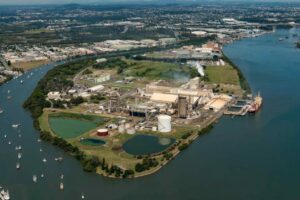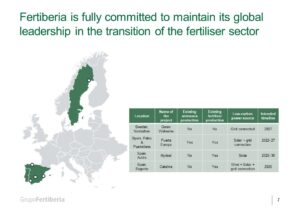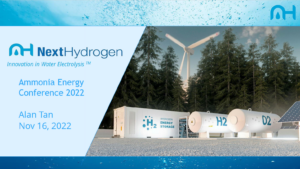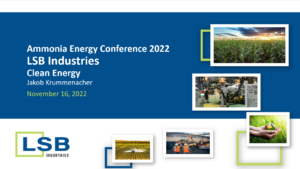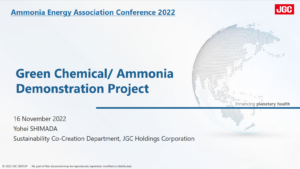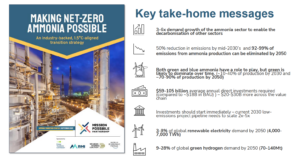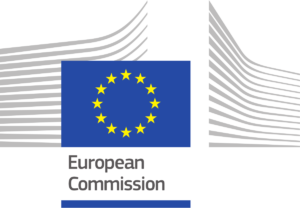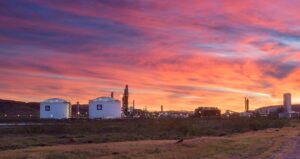Progress on renewable conversion project in Australia
Fortescue Future Industries and Incitec Pivot will progress plans to convert the Gibson Island ammonia production facility to run on renewable hydrogen feedstock. A grant from Australian government body ARENA will help FEED work begin immediately, with FID expected around 2025. We also explore more renewable project updates from Peru and Chile.
